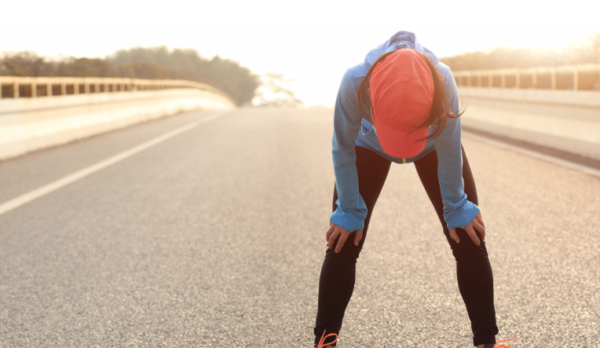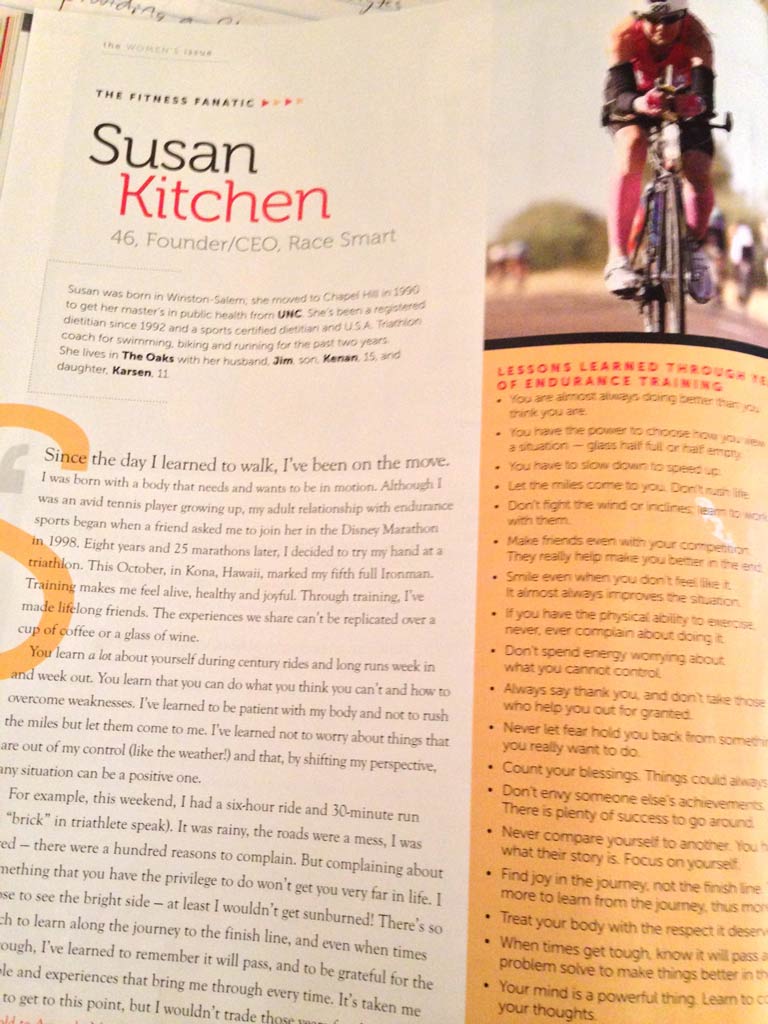Stress and Athletic Performance

Unless you are a professional athlete whose daily schedule is simplified around a train, sleep, eat, and repeat cycle, then you along with most athletes walk a fine line between balancing life stress with training stress. Amateur athletes should view their training loads as one part of a healthy, productive, and engaged life. It’s critical to take inventory of your life both in and outside sport to recognize your overall stress environment as it relates to fitness and performance.
The word stress oozes negativity. It’s definition: “A state of mental or emotional strain or tension resulting from adverse or very demanding circumstances.” Athletes incur two types of stress: non-training and training stress. Both affect our body, energy, hormones, performance, mood, etc. Let’s break down the origin of our stress and learn how to mitigate its negative effect on our lives.
Non-Training Stress
Non-training stress arises from unpredictable, uncontrolled daily stress that is not specific to improving your performance. Daily life stressors include but are not limited to: work, family, finances, travel, personal expectations, time-management, and environmental stress.
Life stress that goes unmanaged inflicts a significant blow to the endocrine system. The two main hormones affected in a stress response are testosterone and cortisol, which work in tandem to create the Fight or Flight response. In a state of fight, testosterone is elevated; in a state of flight, cortisol is elevated. When these hormones are out of balance due to the body’s response to stress, the ability to recover and yield fitness gains becomes a pipe dream. In this scenario, your body is in an over-reached, over-trained, or under-recovered state despite the best-laid training plan.
Training Stress

On the other hand, training stress is triggered by physical activity that causes hormonal, cardiovascular, and musculoskeletal stress. Training stress is strategically applied, specific, intentional, and critical to facilitate improved performance. The trick is to apply the appropriate amount of training stress to create positive adaptation, but not so much that you become over-trained, sick, or injured. This is coined “greedy” in the performance world. We over-train with the mindset of more equals a faster approach in hopes of banking fitness, when, in reality, we dig a hole of fatigue that is too deep to climb out of.
When planning your training load and approach, it’s essential to quantify training stress with the non-training stress in your life to strike a balance that is manageable for you. For example, if you are in the process of a move, deadline at work, or personal relationship or family crisis, realize the effect this situation has on your overall body stress and ease up the training load. Avoid being so pragmatic that you overreach in an attempt to “stick” to the schedule no matter what. This situation results in lose/lose.
Quantity v. Quality
I rarely encounter athletes who do not judge their training plan by volume. In our world of “more is better,” athletes are eager for a consistent increase in weekly mileage. No, not because they just love to run, all day, every day…well, maybe a few, but more, because they believe intense training will translate into a stronger, faster, better runner. Ultimately, this reasoning is fueled by the emotional and physical drive to self-validate and give a stamp of approval to your training plan. What’s more important to consider is, “can you recover from this training load?” If not, pushing past your ability to recover is an unwise use of your physical and emotional resources. Bite off onl what you can chew.
The bottom line: stress = stress = stress. Whether stress comes from training or life, it’s all the same accumulated total body stress in the end.
Identifying Accumulated Fatigue
Cultivating self-awareness of your recovery state and level of fatigue is absolutely critical to your success. A smart athlete can train right up to the red line, then intuitively know when to pull back, rest, and recuperate before pushing onward.
Let’s unpack the signs and symptoms of excessive fatigue to identify the kinks in your training approach. Our goal is to maximize the quality of your training load to create positive physical adaptation and fitness.
The following are signs of being over-trained or under-recovered, which are synonymous.
Sleep
- Waking up in the middle of the night with night sweats suggest cortisol levels are too high
- Broken sleep patterns
- Experiencing extreme daytime fatigue but trouble falling and staying asleep at night
- Waking up feeling tired despite what felt like a full night’s sleep
Training and Performance
- A high perceived exertion relative to the heart rate, pace, or effort in a workout. In other words, the workout feels harder than it should.
- Inconsistency in training sessions from day to day. One day feels good, and the next day feels terrible.
- Unable to reach or hold an intense, fast effort (high intensity, short bursts of high speed) in a training session
- Inability to recover from a single workout
- Poor race performance despite good fitness
Body and Appetite
- Unusually sore muscles related to recent training stress
- Taking longer to recover from a balanced training load
- Frequent sickness and injury
- Drastic changes in body composition. A) sudden drop in weight; B) sudden weight gain or noticeably increased fat accumulation, especially in the abdomen.
- Drastic changes in appetite and cravings
- Changes in food choices
- Blood-value red flags: decreased Vit. D, serum ferritin levels, elevated morning cortisol
Mindset and Emotional Health
- Decrease in ambition or motivation to train
- Feeling down or drab
- Lack of joy in the journey
- Apathetic toward the sport and personal goals
How to Monitor and Track Recovery
Now that we have outlined the signs and symptoms of excessive fatigue and negative stress, it’s vital to have applicable methods to track stress and recovery.
Objective Feedback:
It’s wise to keep a training log or journal that tracks training volume, intensity, and post workout commentary on how the session felt. As you monitor your training sessions over time, you’ll easily be able to determine if you ramped up the volume or intensity too quickly with inadequate recovery.
Tracking daily body weight and resting heart rate (morning) are effective and objective methods of monitoring recovery. If your heart rate is consistently higher for three or more days in a row, that is a sign you are experiencing fatigue. As mentioned, if body weight suddenly decreases or increases along with appetite changes, that is another red flag.
Subjective Feedback:
Dialing in how you feel and listening to your inner voice is the key to your training guide. First thing in the morning when you wake up, ask yourself: how you feel; what’s your mood; and are you excited to train today? Listen to that voice and if it’s saying I am feeling tired, unmotivated, and emotionally down–take the day off from training guilt free! In the end, you’ll gain fitness, not lose, by allowing the body to adequately recover and by taking the smart approach, not an emotional one.







